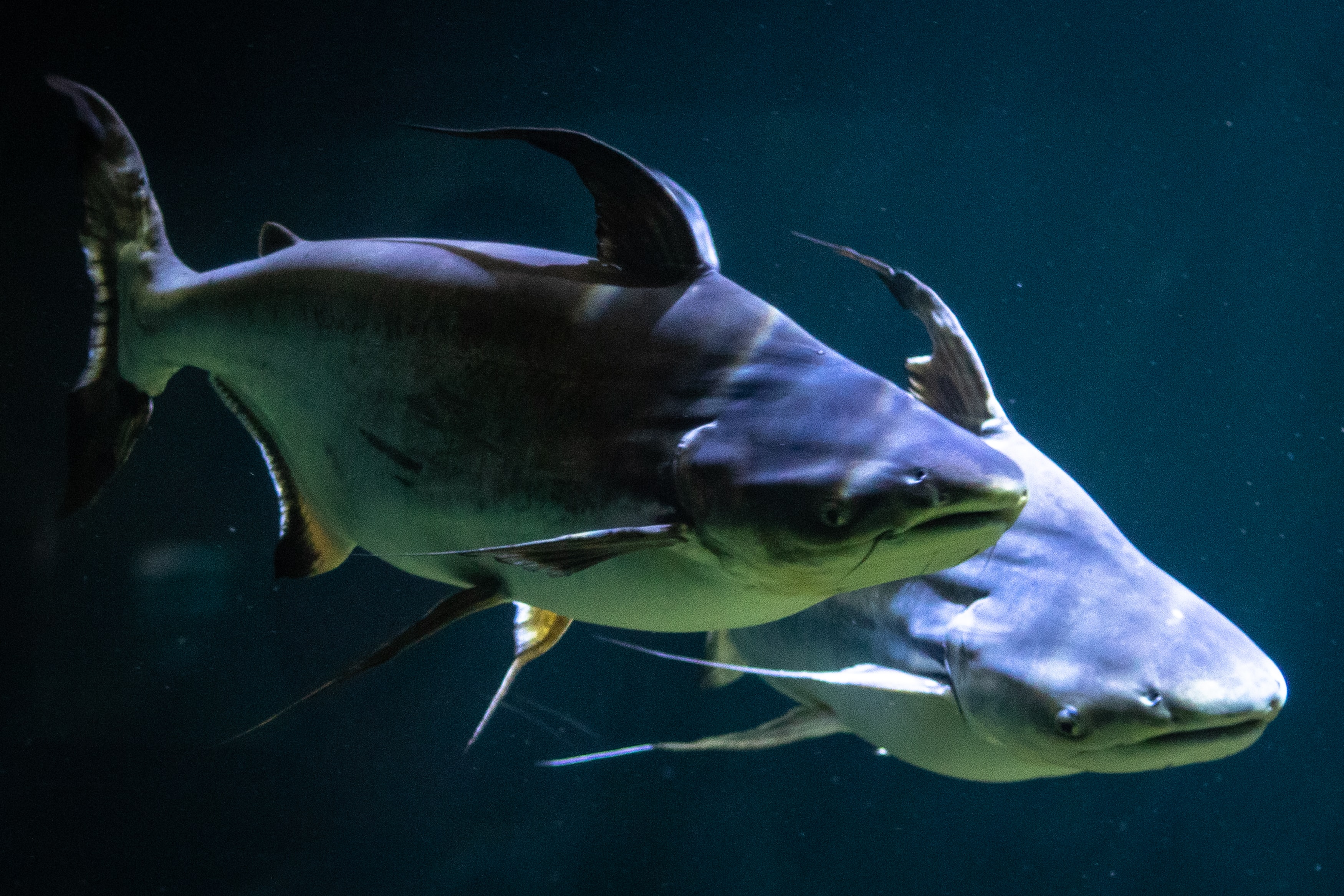Pangasius trade takes a hit from renewed restrictions in Viet Nam

The volume of pangasius trade has dipped considerably, as restrictions on people’s movement and factory capacity have been introduced in Viet Nam, by far the largest producer and exporter of pangasius. The overall value of trade has not been as heavily impacted, largely due to increased prices, especially in the United States of America. The disruptions being experienced are likely to have a knock-on effect on supply next year, with the overall situation remaining difficult for farmers and processors alike.
Production
Viet Nam, by far the main global producer of pangasius, has seen production and processing severely restricted by COVID-19 regulations. Cases of COVID-19 in the country began rising in July 2021, prompting the government to enforce strict measures. Individuals have been largely prevented from travelling between provinces since the end of May 2021, restricting labour force flows. Around half of pangasius processing factories in the country are expected to remain closed in the second half of the year. Those that are operating are doing so at far below normal capacity, and with difficult conditions for workers, which include requirements for them to remain within the premises at all times.
Hatchery activity in Viet Nam was also hampered by the government-imposed restrictions, leaving a gap of several months in fry production. As such, the negative production outlook is unlikely to improve in the near future, as there will not be sufficient fingerlings available for restocking at least until early 2022.
Global production of pangasius and catfish is expected to fall by 8 percent between 2020 and 2021. This is largely due to lower Vietnamese production which is expected to amount to 1 200 000 tonnes in 2021, down from 1 600 000 tonnes in 2020. Production in other countries is generally destined for domestic consumption and is unlikely to see significant changes between 2020 and 2021. All three of the main producers in this category are expected see increases in volume, with Indian production rising to 600 000 tonnes (+4 percent), Bangladesh to 490 000 tonnes (+2 percent) and Indonesia to 450 000 tonnes (+6 percent).
Trade and markets
The overall volume of trade has fallen significantly in the second half of the year due to disruptions to the Vietnamese industry. The volume of Viet Nam’s exports halved from 70 000 tonnes in June 2021 to 35 000 tonnes in September 2021. The continued high costs of freight are inevitably disrupting exporter’s margins, with 40-foot containers from East Asia to Northern Europe averaging 14 400 USD. A year ago prices were closer to 2 000 USD. Similarly, the average freight cost between East Asia and North America (west coast) has increased more than four-fold, from 4 000 USD in October 2020 to 18 000 USD in October 2021.
There is still strong demand for pangasius in the US market, as reflected by the rapidly rising prices that were seen as supply was reduced. Importers experienced challenges with securing new orders, as processors and exporters attempt to cover existing backlog with available supplies. The US Department of Commerce (DOC) recently announced the preliminary results of the 17th period of review of ‘antidumping’ duties applied to Vietnamese pangasius. There are few proposed changes, with the majority of the 35 companies examined expected to continue paying 2.39 USD per kg on exports. Certain individual companies have been given rates varying between 1.94 USD per kg and 3.87 USD per kg. The revised tariffs, which are subject to appeal, are due to come into effect in January 2022, but are almost identical to previous years.
China has seen a significant fall in imports of pangasius, with volumes falling by 4 500 tonnes (-30 percent) month on month between June and July 2021. While it was previously the destination for 40 percent of global imports by volume this now stands at 30 percent. There have been tighter controls on fish and fish products imported at a time of increased mistrust of COVID-19 on packaging.
Prices
By October 2021 Vietnamese farmgate prices had risen very slightly to around 22 500 VND (USD 0.96) per kg for fish between 1-1.2kg. This equates to very little margin for farmers, who are also faced with reduced volume of demand from processors and increased feeding costs.
On the export side, falling volumes have been accompanied by rising prices across the board for what supply is available. While export prices to the United States of America for Vietnamese frozen fillets were around 2.90 USD per kg in the first quarter of 2021, this figure rose to 3.70 USD per kg in September. Similarly, exports to China saw prices rise from 1.90 USD per kg in the first quarter of 2021 to 2.00 USD per kg in September. Relatively new markets, such as Brazil, Mexico and the United Kingdom of Great Britain and Northern Ireland all saw similar increases, with export prices ranging from 2.40 USD per kg to 3.40 USD per kg.
Outlook
The ripple effect of restrictions in Viet Nam will likely continue to keep global supply of pangasius low in first quarter of 2022. The rising prices for pangasius in major markets is a direct result of continuous strong demand in final markets, reduced supply and increased costs, especially cost of freight. Currently farm supply exceeds processing demand, and so the higher export prices have yet to bring any price increase for farmers, who are also facing increased costs due to higher biomass in their ponds. However, if processing capacity returns in early 2022, at a time when ponds were largely emptied of harvest size fish, we could see higher prices incentivising increased stocking. This would lead the industry to enter the boom phase of the boom and bust cycle that was seen repeated a number of times in recent years.

